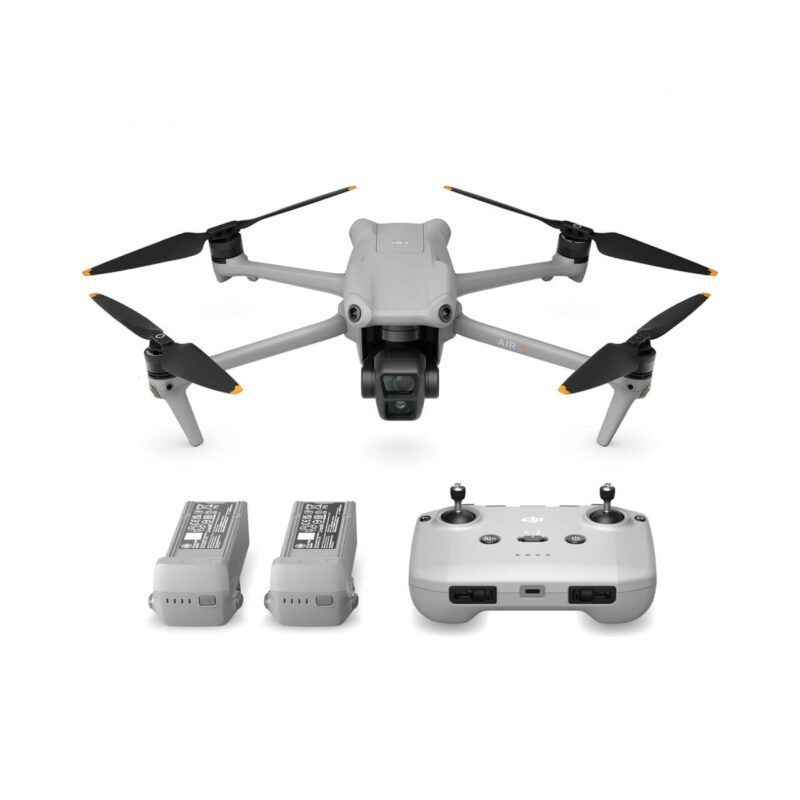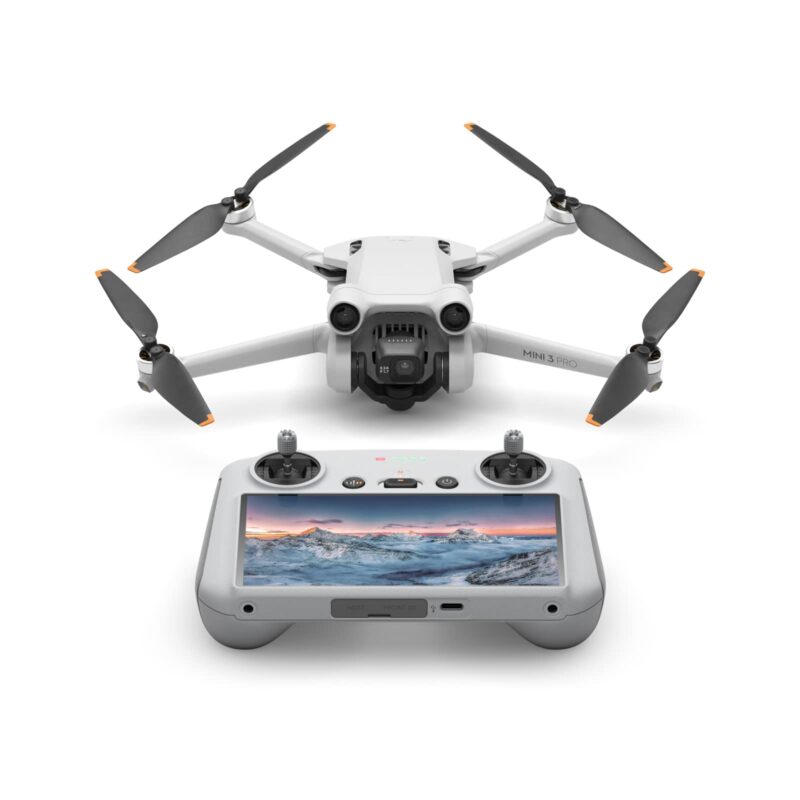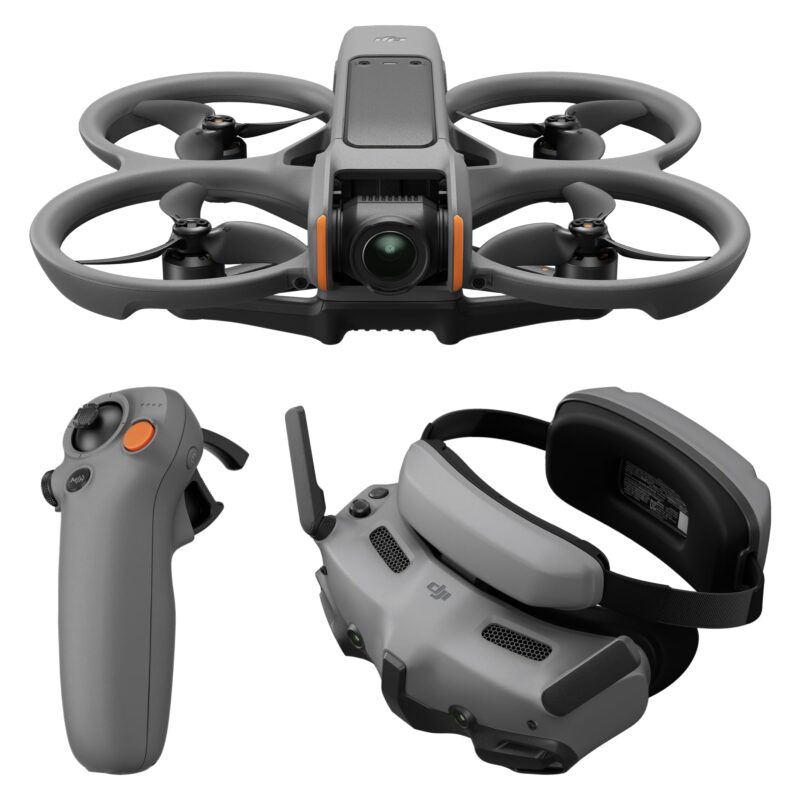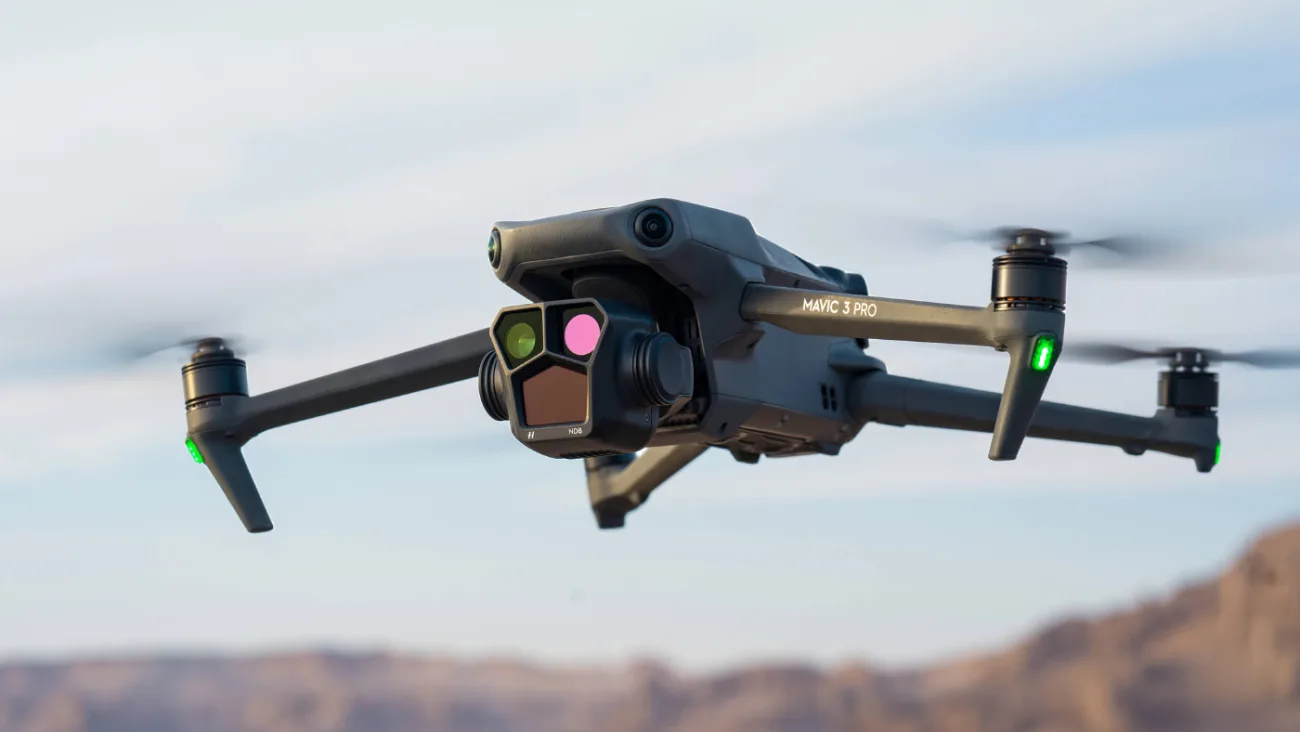What DJI Drones You Need? An In-Depth Guide to Features and Applications

Are you in the market for a new camera drone? Here’s an overview of all the current DJI drones. We explain which one is the right one for you in this Gear Guide.
We usually wouldn’t feature only one manufacturer in a category that much, but in the field of prosumer drones, DJI is truly unique – with a market share of around 76%, they dominate the space, but for a good reason.
We have reviewed almost all of the latest DJI drones over the years and here is an overview of all of them – with a summary of the findings from our reviews. When you click on each drone below, you can also find links to the full video reviews for each one of these drones on our site, if you want to know even more about each device. Enjoy!!
DJI Air 3 >>> Most Versatile


The DJI Air 3 is a really versatile drone. It offers two very usable focal lengths on two cameras that can easily match each other, thanks to the same image sensors. The flight time is very good.
We are big fans of the 4K 100fps mode. Because of the smaller sensors, however, the low-light performance is not great. Also, the competition is tough – there is the ultra-lightweight sub 250g Mini 3 Pro with the same wide-angle camera as the Air 3 and true vertical mode. Then there is the DJI Mavic 3 classic with a much better main camera.
In terms of performance, the DJI Air 3 excels with improved wind resistance and enhanced stability, allowing it to perform well even in challenging conditions.
After flying with the DJI Air 3 for a few days, we think it is a very versatile drone. It offers two very usable focal lengths, a long flight time, and a nice 4K 100fps slow-motion mode.
DJI Mini 3 >>> Mos Portable


This drone is simply tiny. It weights only 249g, which is very convenient as regulations for operating a drone become more stringent.
This upgraded DJI Mini 3 boasts enhanced wind resistance and an extended battery life, providing up to 38 minutes of flight time compared to its predecessor.
The Mini 3 also introduces true vertical shooting, allowing you to rotate the gimbal 90° for vertical shots perfect for immediate sharing on social media.
It continues to deliver stunning videos in 4K up to 30p, employs OcuSync 2.0 for a transmission range of up to 6.2 miles, and includes a range of automated functions to simplify piloting.
DJI Avata 2 >>> Fast and Unusual Shot


The Avata 2 is a really good drone overall. We like how it offers a suitable flying mode for all skill levels. The camera of the drone got significantly improved as well and we think the image is very much on par (if not better) than the GoPro HERO12.
We will definitely have a hard time going back to other FPV drones which are just much more complicated to fly, deal with the GoPro on the back, care for the batteries, and so on.
DJI Avata 2 FPV cinewhoop drone comes with a lighter body, quieter 3″ propellers with prop guards, better accessible ports, more flight time (up to 23 minutes), and a larger 1/1.3″ 12MP camera capable of recording up to 4K 4:3 60fps video in H.265 D-Log M 10-bit with RockSteady stabilization. Slow motion is available in 2.7K 120fps.
The new FPV Goggles 3 feature real view with the two front-facing cameras and an integrated design with micro OLED screens and diopters. The new RC Motion 3 brings Easy ACRO mode that allows you to do flips automatically.
DJI Mavis 3 Pro >>> Cinematic Pro Quality


The DJI Mavic 3 Pro offers filmmakers greater control over their footage, thanks to the addition of a third lens. This new 70mm f/2.8 medium telephoto lens complements the existing 24mm Hasselblad wide-angle lens and the upgraded 166mm telephoto lens, expanding creative possibilities. Technologies like O3+ long-range transmission, a flight time of up to 43 minutes, and omnidirectional sensing with APAS 5.0, make the Mavic 3 Pro user-friendly and safe, even for beginners.
The triple-lens camera system includes
- 24mm Hasselblad wide-angle lens
- new 70mm medium telephoto lens
- 166mm telephoto lens.
The 24mm Hasselblad wide-angle lens, with its 20MP sensor and adjustable f/2.8 to f/11 aperture, offers 5.1K video resolution at 50 fps and utilizes the Hasselblad Natural Color Solution for true-to-life colors.
The 70mm medium telephoto lens, a new addition, features a 48MP sensor, f/2.8 aperture, and 4K video at 60 fps, providing excellent day and night shots with a 3x optical zoom. This lens supports Night Mode, ActiveTrack, and Hyperlapse shooting modes.
The 166mm telephoto lens, with a 12MP sensor and f/3.4 aperture, offers improved low-light performance and smoother video with 4K at 60 fps, as well as a 7x optical zoom for clear close-ups.
For safe flying, the Mavic 3 Pro is equipped with an omnidirectional obstacle sensing system that uses APAS 5.0 technology. This system actively detects obstacles and automatically plots safe routes around them during flight, ensuring a safe and enjoyable flying experience.
Links:
DJI Inspire 3 >> High-end Pro Footage


The DJI Inspire 3 Drone is an advanced filmmaking tool designed for professional film and television production. It features the custom-built X9-8K Air gimbal camera, capable of recording 8K video and delivering high dynamic range and color accuracy.
The drone also includes an improved FPV camera with a wide field of view and enhanced low-light performance. It offers centimeter-level RTK positioning for precise and repeatable flight routes, advanced obstacle avoidance, and a customizable obstacle sensing system. The Inspire 3 supports dual control, allowing two operators to control the drone and camera independently. Enhanced video transmission capabilities, including O3 Pro, provide stable, low-latency live feeds.
Specs:
- 8K75 Apple ProRes RAW video
- S&Q Mode: Up to full-frame 4K120 ProRes RAW without cropping
- Dual Native ISO at full-frame 30 fps and below
- EI 800/4000 at 24 fps for film production
- EI 320/1600 above 30 fps for commercial and TV production
- 14+ stops of dynamic range for capturing rich highlights and shadow in complex lighting scenarios and allowing for more possibilities during editing
 Cinema Cameras
Cinema Cameras Pro Camcorders
Pro Camcorders System Cameras
System Cameras Drones
Drones




